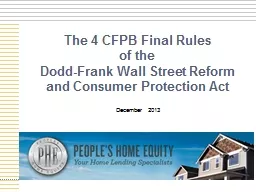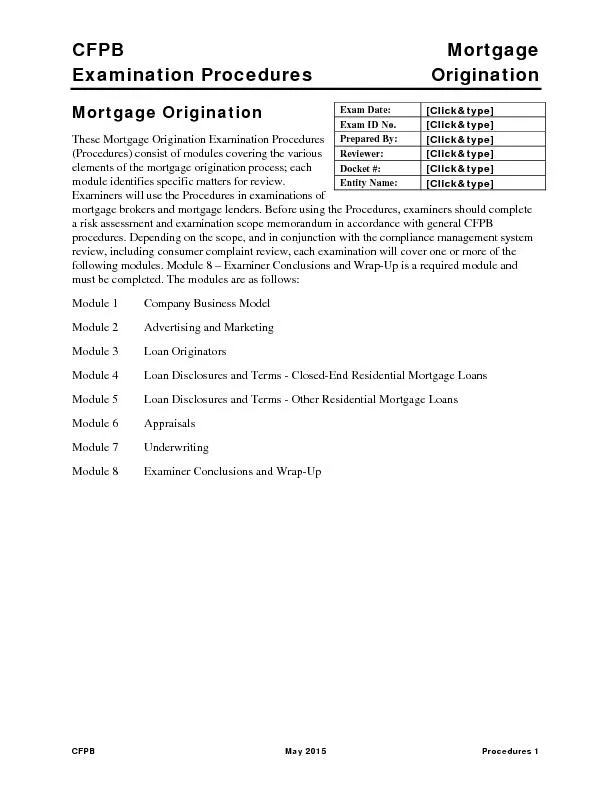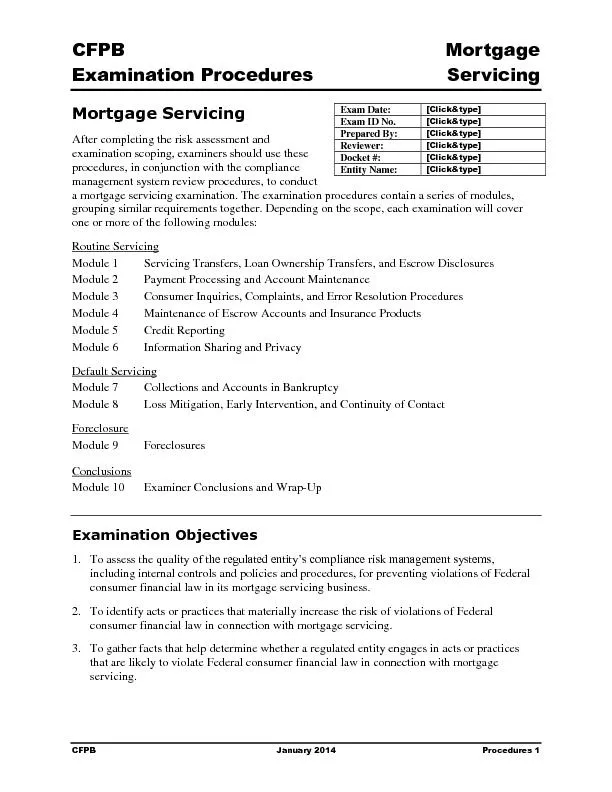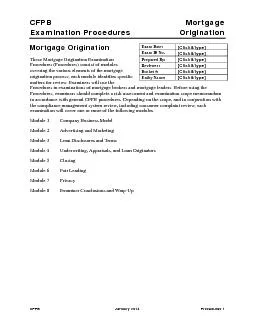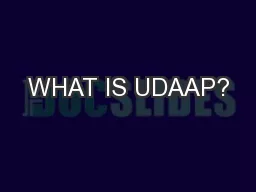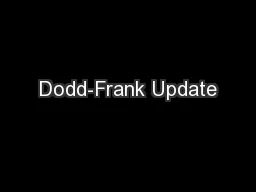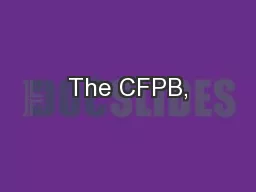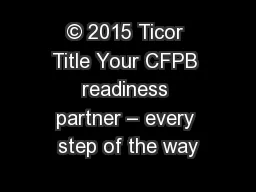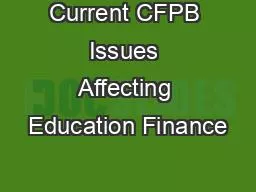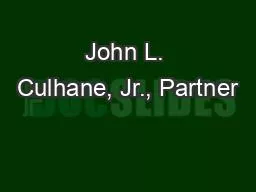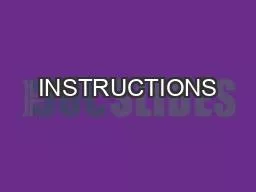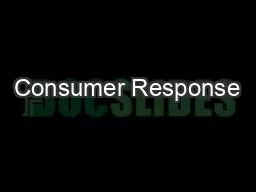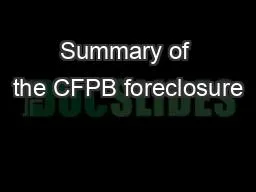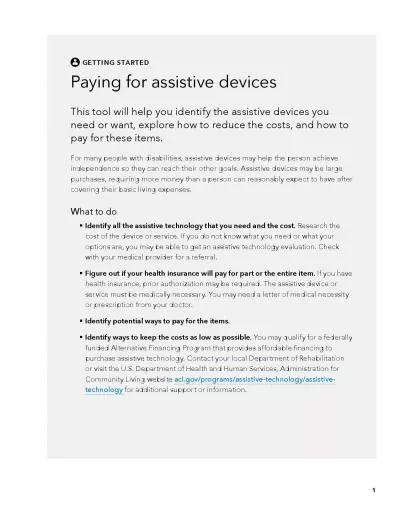PPT-The 4 CFPB Final Rules of the
Author : sistertive | Published Date : 2020-08-04
DoddFrank Wall Street Reform and Consumer Protection Act December 2013 Agenda 1 LO Compensation 2 ATR QM TQM 3 ECOA amp HPML 4 HOEPA amp Home Counseling Agenda
Presentation Embed Code
Download Presentation
Download Presentation The PPT/PDF document "The 4 CFPB Final Rules of the" is the property of its rightful owner. Permission is granted to download and print the materials on this website for personal, non-commercial use only, and to display it on your personal computer provided you do not modify the materials and that you retain all copyright notices contained in the materials. By downloading content from our website, you accept the terms of this agreement.
The 4 CFPB Final Rules of the: Transcript
Download Rules Of Document
"The 4 CFPB Final Rules of the"The content belongs to its owner. You may download and print it for personal use, without modification, and keep all copyright notices. By downloading, you agree to these terms.
Related Documents

